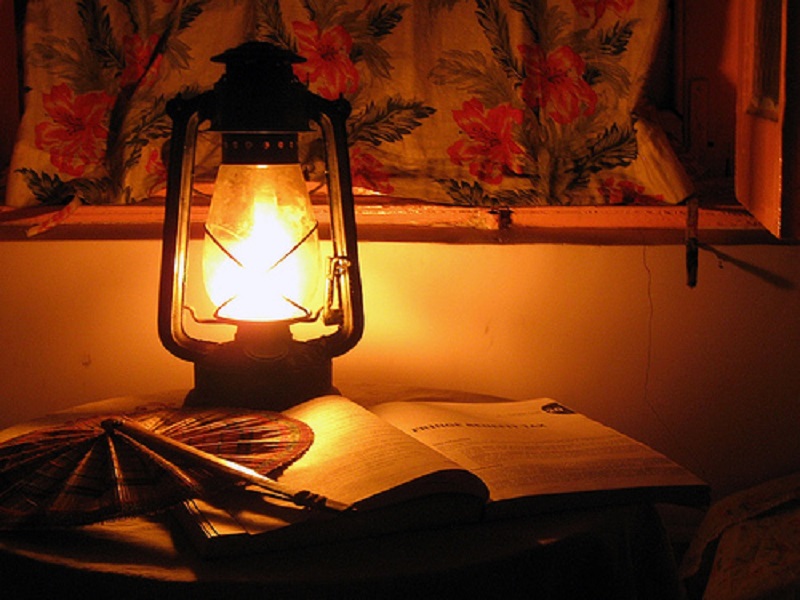
Srinagar- Besides an already sweltering inflation wreaking havoc in Kashmir, the acute power shortage has triggered massive blackouts across parts of J&K and has further raised apprehensions among officials of a new yet brutal power crisis that could viciously jolt J&K and enforce a daily load shedding of more than 15 hours.
Notably, a massive surge in demand for electricity has prompted states including J&K, Punjab, Uttar Pradesh and Andhra Pradesh to cut off the normal supply.
The disruption, which currently stands for as long as ten hours in J&K, has forced customers to either endure the trouble in the month of Ramazan, look for costlier back-ups or protest against the crisis.
However, as the tribulations for Kashmir’s population is yet to settle, an official from Kashmir Power Development Corporation Limited (KPDCL) says that the crisis cannot be contained individually in Kashmir until the pan-India situation subsides.
“Undoubtedly, there’s a massive power crisis in J&K, which as of now hasn’t settled down. We know our people are dismayed by our department but they too should know that there’s absolutely nothing that we can do about this situation.” KPDCL Chief Engineer Javid Yusuf Dar told Kashmir Observer.
It’s not the state grid but the National grid, Chief Engineer noted, which is wrapped under the crisis. It’s a pan-India situation and not just J&K’s lone blackout. With each passing day, the crisis across the country is augmenting and so is it in Kashmir.
“When the National grid, which is capable of producing more than 2 lakh MW of electricity, itself has suffered disturbance, how can anyone expect that Kashmir’s 2300 MW capability can remain coherent.” Dar said.
While making all possible efforts to mitigate and overcome the power shortage triggered by inadequate coal stock in India, Dar said that people should brace up for increased power curtailment hours, unless the National grid returns to its normal position.
He further added, “We cannot provide you with any timeline of the end of the crisis. However, when the crisis across the National grid settles down, it’ll subsequently abate the crisis in Kashmir.”
However, sources from KPDCL told Kashmir Observer that because of the growing crisis at National Load Despatch Centre (NLDC), in the coming days, KPDCL will be forced to resort to increased hours of load shedding.
“Even though I’m confident that the Government of India will overcome the shortage which is a temporary phenomenon, I fear that it won’t be anytime soon. Kashmir should brace up to experience load shedding hours of at least 16 hours in the coming days, as it’s believed that 12 more states may be hit by the crisis, which will have a direct impact on Kashmir’s power supply,” a senior official from KPDCL told Kashmir Observer.
Pertinently, KPDCL Chief Engineer, Javid Dar had told Kashmir Observer that the less rainfall is also the reason for power shortage in the UT.
“There is a 70 percent rain deficit. Also, the Baglihar Hydroelectric Power Project supplies around 450 MW and we get the supply from other projects which sums up to 900 MW’s but the demand is 1500 MW’s in the valley,” he said.
Dar further said that with more rainfall, the water in Chenab might rise and the department can provide more power supply.
He said the demand supply during Sehri and Iftar time is 1500 MW’s but the department is only able to produce 1100 MW’s.
Follow this link to join our WhatsApp group: Join Now
Be Part of Quality Journalism |
Quality journalism takes a lot of time, money and hard work to produce and despite all the hardships we still do it. Our reporters and editors are working overtime in Kashmir and beyond to cover what you care about, break big stories, and expose injustices that can change lives. Today more people are reading Kashmir Observer than ever, but only a handful are paying while advertising revenues are falling fast. |
| ACT NOW |
| MONTHLY | Rs 100 | |
| YEARLY | Rs 1000 | |
| LIFETIME | Rs 10000 | |











